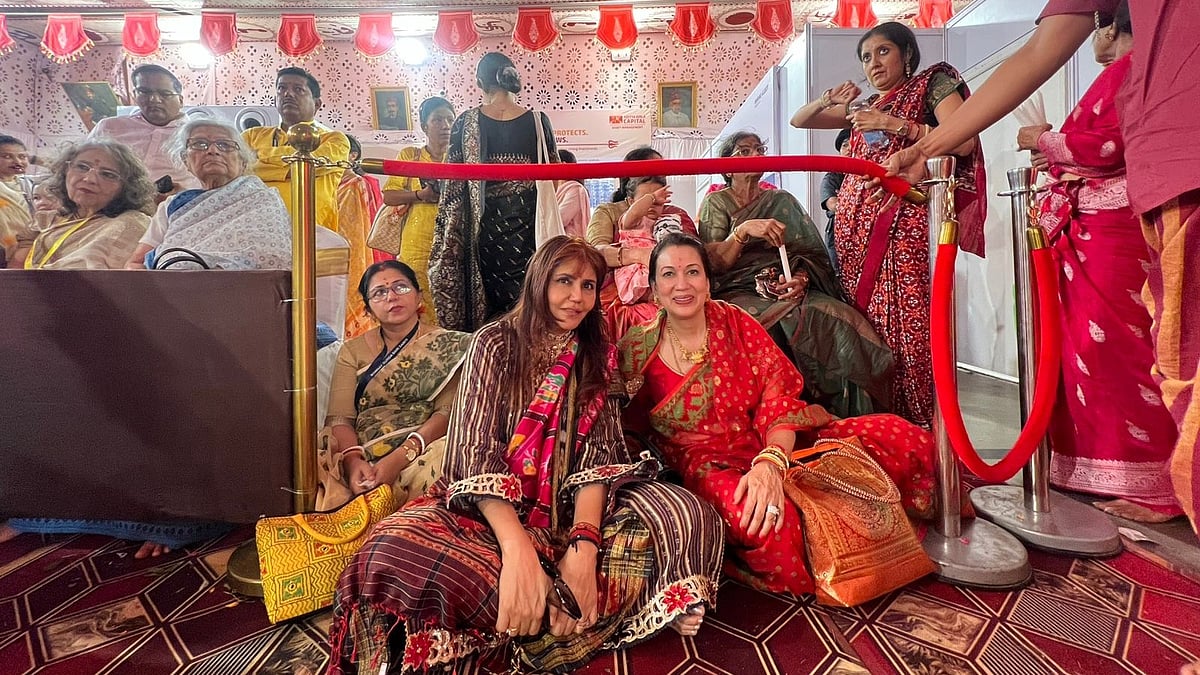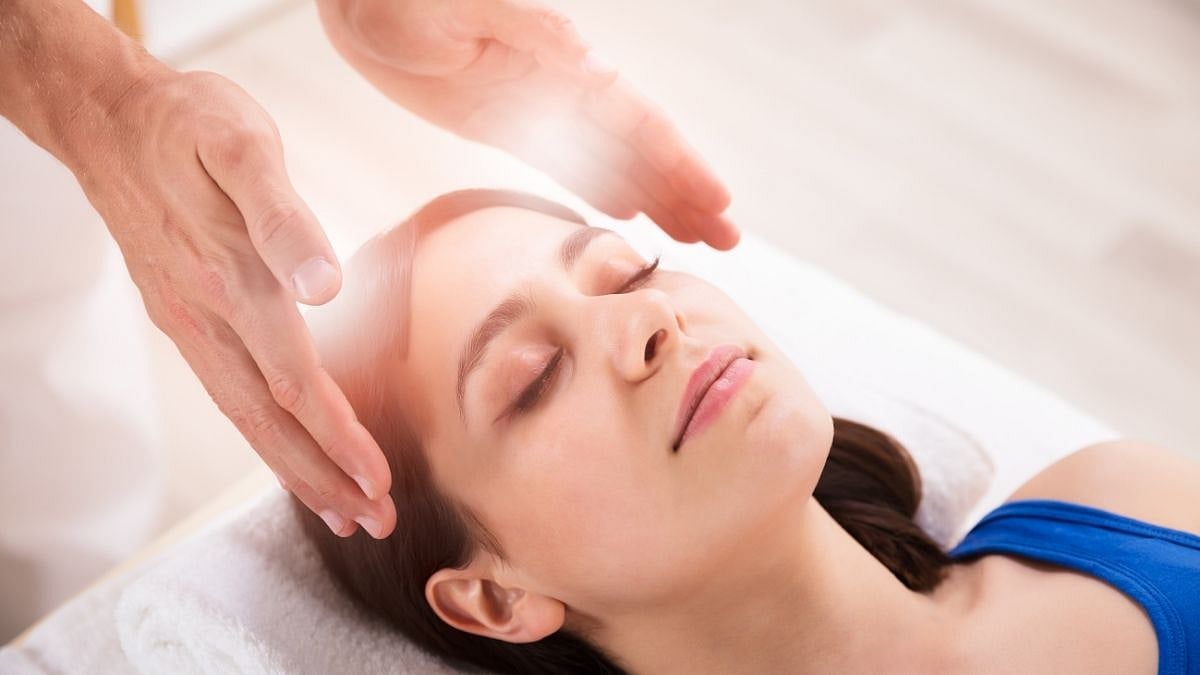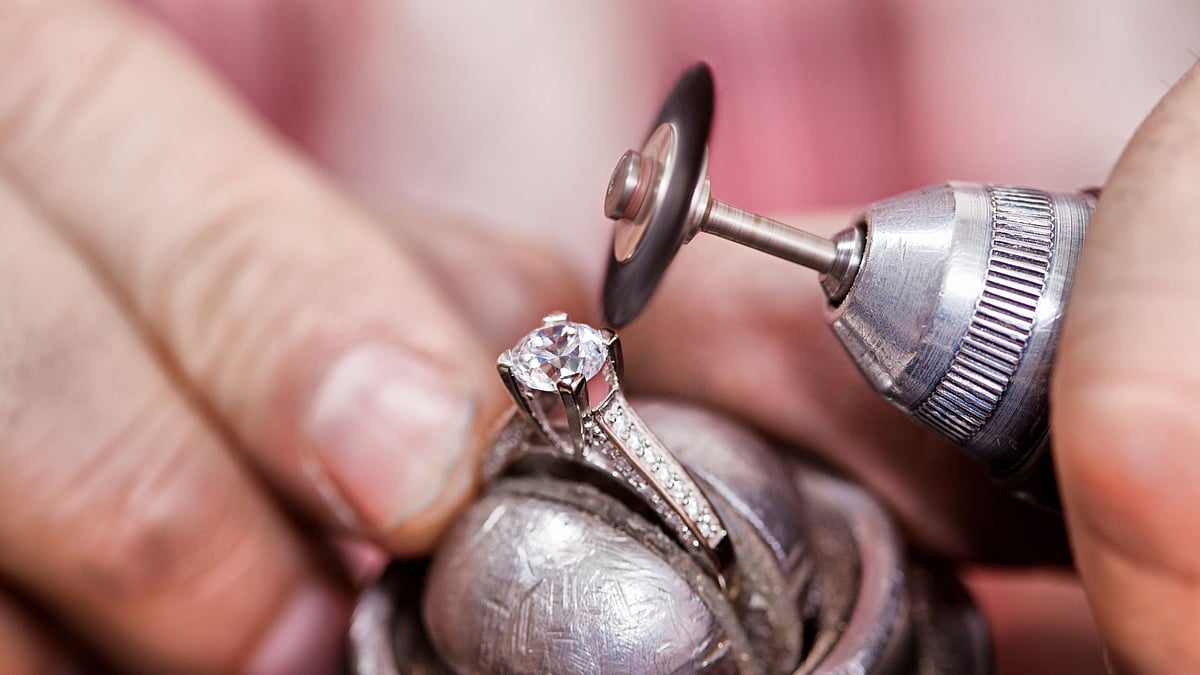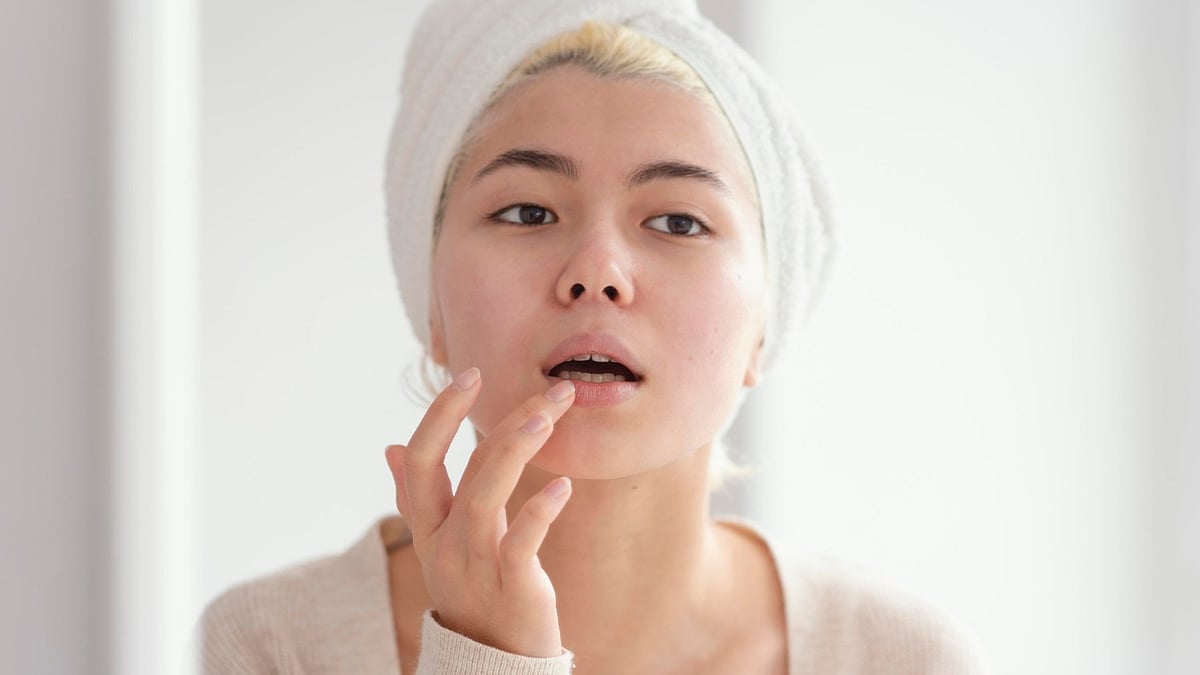Rosacea is a skin condition that causes redness and often small, red, pus-filled bumps on the face.
Rosacea most commonly affects women with fair skin. It can be mistaken for acne or other skin conditions. The condition requires a medical diagnosis.
People with rosacea may experience skin dryness, oily skin, rashes that look like acne, or swollen blood vessels on the skin. It can also cause dry or puffy eyes in severe cases.
Rosacea leads to photosensitivity, itching, a large and bulbous red nose, or a perpetually red face.
Symptoms
1. Flushing
2. Persistent facial redness
3. Visible blood vessels
4. Papules and pustules
5. Thickened skin.
Rosacea is often mistaken for seborrheic dermatitis, eczema and acne vulgaris.
The four stages of rosacea
It progresses in stages known as pre-rosacea, mild rosacea, moderate rosacea, and severe rosacea. It has periods of exacerbation and remission.
Foods that trigger rosacea
The most frequently reported triggers in rosacea include alcohol, spicy food, cinnamaldehyde-containing foods (for example, tomatoes, citrus fruits, chocolate, etc), hot drinks, and histamine-rich foods (for example, aged cheese, wine, and processed meats).
Treatments
Rosacea cannot be cured, but treatment can help relieve symptoms and improve skin appearance. Remember to always wear sunscreen and also moisturise. Avoid known triggers to prevent flare-ups. If left untreated, rosacea can worsen over time.
Antibiotics like Doxycycline, Vitamin A derivatives like isotretinoin and topical antiseptics like Clindamycin, metrogyl, and Ivermectin are often prescribed. Anti-erythema medication, Brimonidine (Mirvaso), tightens blood vessels in the skin to get rid of some of the redness. Azelaic acid clears up bumps and brings down redness and swelling.
Treatments like Light therapy can also help. Medical procedures like mild chemical peels and laser therapy are also advised.
One has to keep in mind that it can only be controlled and not completely treated. It is crucial to consult an expert before beginning any treatment. Avoid using over-the-counter medicines or creams.
(Dr Usha Beloskar is the Medical Director, Sskin Savvy Advanced Aesthetics, Kohinoor Square Dadar, Mumbai)













